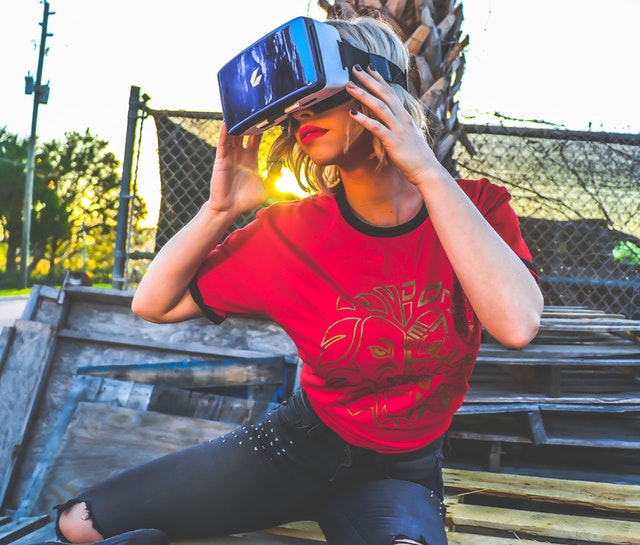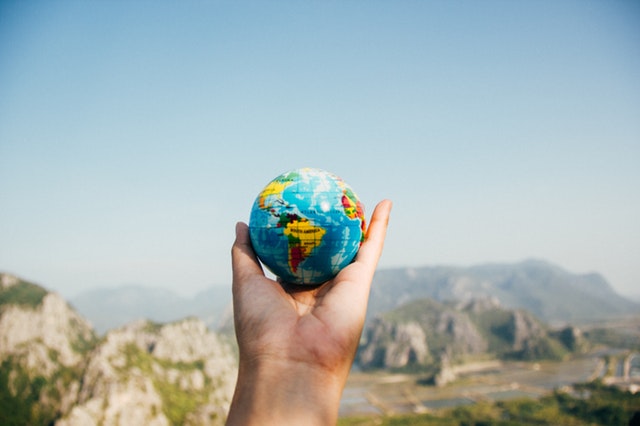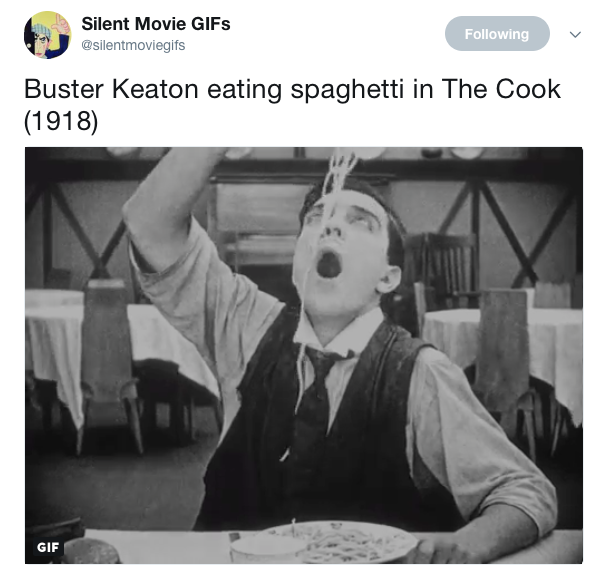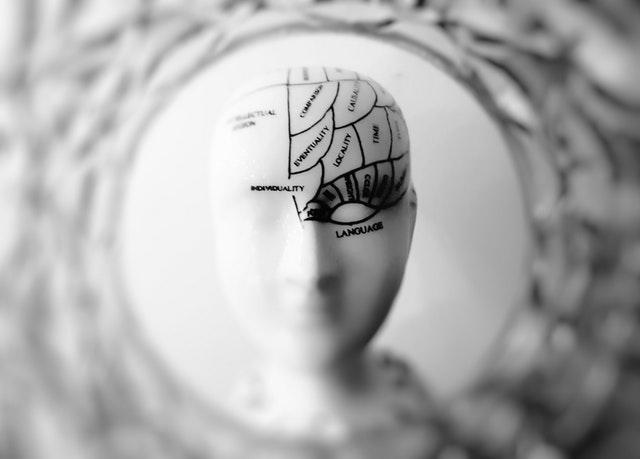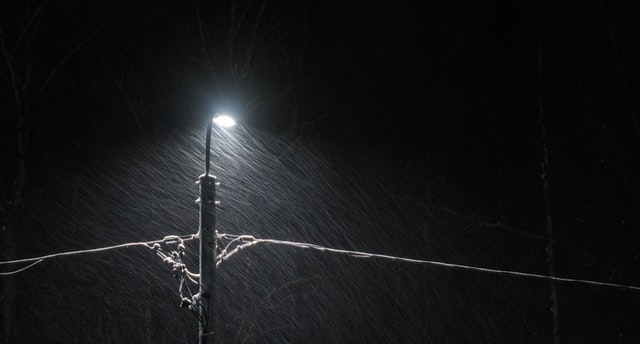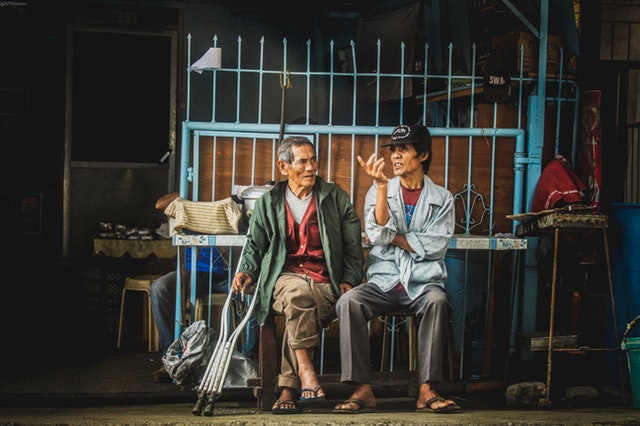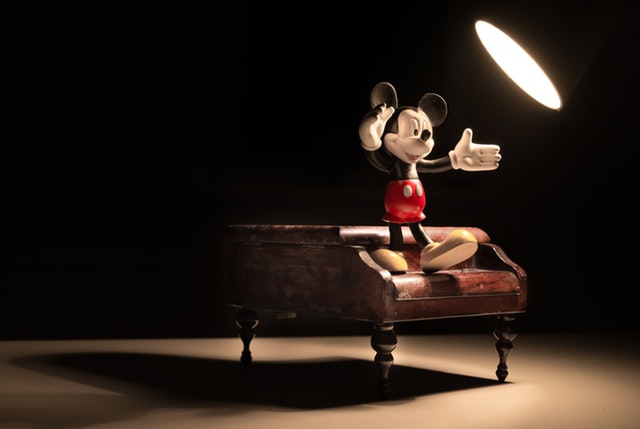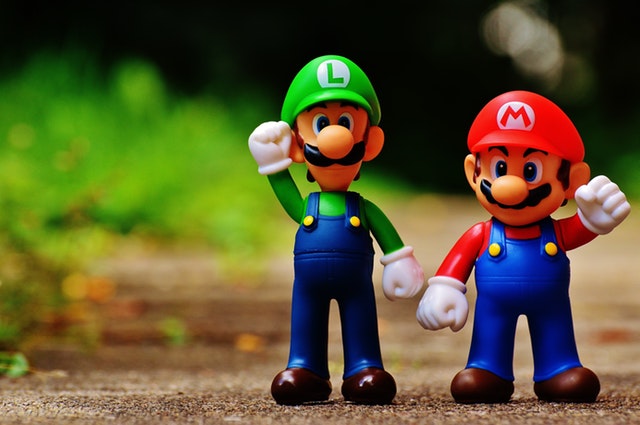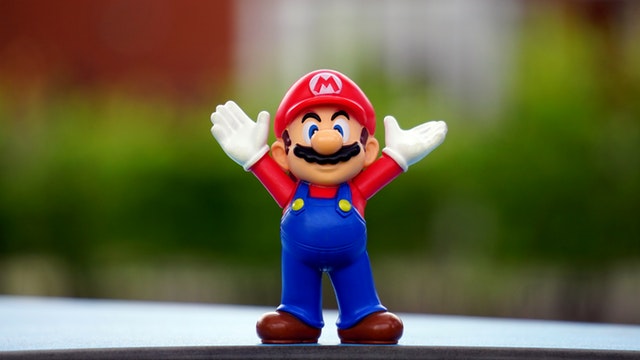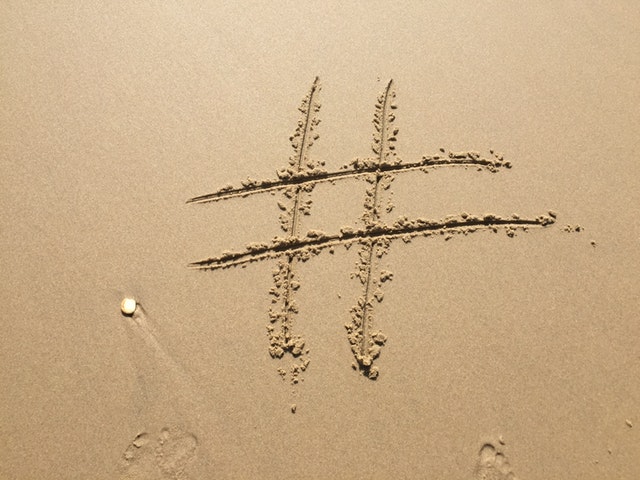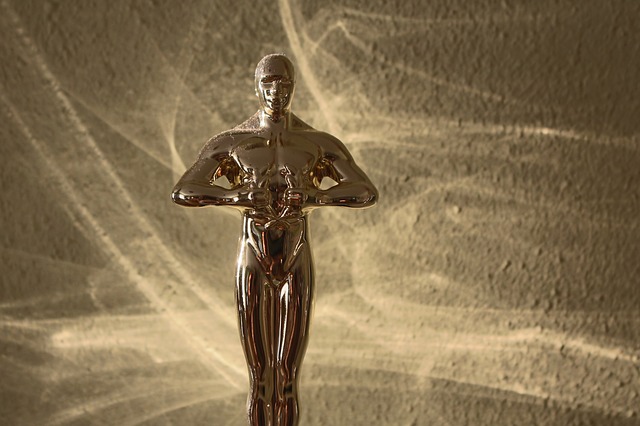Where Do I Begin?
Virtual Reality is an immersive computer technology allowing its participants the opportunity to partake in a simulated environment. The chance to immerse ourselves in a uniquely alternate reality certainly is enticing — but how do you construct the skeleton of a story for the meaty VR body to hang on, and hold your audiences’ attention?
A lot of the same principles of storytelling apply to VR storytelling and scriptwriting, as they do to its conventional counterpart. Yet in VR storytelling you must consider your audience as an immersed participant. What pitfalls do you need to look out for? That is the right question!
Storytelling Checklist
Pacing
The pace by which you reveal your VR world to your audience is crucial. For the vast majority, VR will be an entirely new experience — and at first, an uneasy one. You need to allow them time to adapt, ease them in gently so to speak. Oculus Story Studio suggest a 30-second settling in period, as most viewers will be more familiar with flat screen viewing. This time period is enough for the participant to relax into the new VR environment.
A slower, introductory pace at the beginning will allow the narrative to shine at the more important, later stages. If you rush your audience into the narrative immediately, the unfamiliarity with their VR surroundings will give them a sensory overload, causing many audience members to just walk away.
The Audience
VR is the medium for audience autonomy and freedom. Instead of writing your script with a confined narrative, your storytelling should embrace the space and explore the world you’ve built.
“There are, of course, plenty of tricks to use to navigate this pitfall and their use depends on the autonomy you as a creator wish to relinquish to your audience,” explains Andy Hays, a Game Writer at UK Top Writers and Study Demic contributor. “Lighting cues, sound cues, the character’s POV, and especially the arc of additional characters can all aid in directing the attention of your audience along the path of the narrative.”
First Person POV
One of the more challenging aspects involves writing a narrative that a participant can lose themselves in, remembering that we still naturally assume ownership of the virtual environment with which we’re engaged. First person POV is certainly the more difficult choice, but has the advantage of looking through an active participant’s eyes.
The Reality of VR
This is not just important in navigating the pitfalls of POV, but we cannot forget that the participant must actively believe the environment they are immersed in. The reality of their Virtual Reality must be engaging.
Writing a story where supporting characters break the fourth wall, engaging directly with the participant, adds a sense of realism to the participant’s experience. The intimacy of these moments is more likely to leave a lasting impact on your audience.
Player Decision-Making
Nowadays, giving autonomy to your audience in terms of story is common practice — particularly in the gaming industry. VR should be no different.
If your audience desires freedom and autonomy of the world, give it to them. Ensure the character arc is engaging and the narrative is constructed with arc-altering decisions. Not only do these decisions develop a believable reality by giving your participant personified responsibility, but it also allows you to retain control over the story and direct your audience once more.
Spatial Storytelling
The key thing to remember here is that the VR space is not just background, or filler. It is an active component in your immersive environment. The world must shift around the participant. Use it to drag their attention in the direction the narrative desires; this again relates to the cues we mentioned earlier.
It is important to note the reverse sensory action of behaviours: How does entering a café, library, or school, affect you on a sensory level, and what then do you add to it to make it distinguishable?
Formatting
Regardless of the media you’re writing for, formatting should always be top of your list. If you wish to write in POV, you can add it to your scene heading. Others choose to write with a more theatrical freedom. Whatever your preference, there are some great tools to assist new writers in polishing off your VR script:
- New York Film Academy Narrative VR Workshop
- New York Film Academy Online Screenwriting Workshops
- New York Film Academy Australia Screenwriting – Advanced Diploma & Diploma programs.
- Writing Populist – advanced writing guides for formatting, grammar, punctuation, and style.
- Essay Writer – online tool for accessing freelance editors.
- Academ advisor / Oxessays – very useful proofreading guides for new writers.
- Let’s go and learn – a great tool for non-microsoft writers in need of an online word counter.
- Assignment help / Best Australian Writers – Reference guidance for new writers.
What Next?
Following these tips will set you on the right path to successfully navigating the pitfalls of VR scriptwriting and storytelling. The reality of VR is essential to your audience. And though they seek autonomy and freedom within the world, using the outlined tricks and skills above allow you to retain this power via the narrative, dynamic spatial design, and immersive character arcs you’ve written.
—
The future of video game design lies in alternative realities. VR, AR, and MR are revolutionizing the video game industry. Enroll in our 8-Week VR Game Design Workshop page to learn more about VR and gain valuable hands-on experience in game design.
NYFA guest author Freddie Tubbs is a script writer at Paper Fellows. He regularly takes part in film conferences and writes posts and guides for Big Assignments and Write my Australia.
Are you ready to fully immerse yourself in the world of VR world-building? Check out our Virtual Reality page to learn more about our VR workshops and how you can sign up today.


